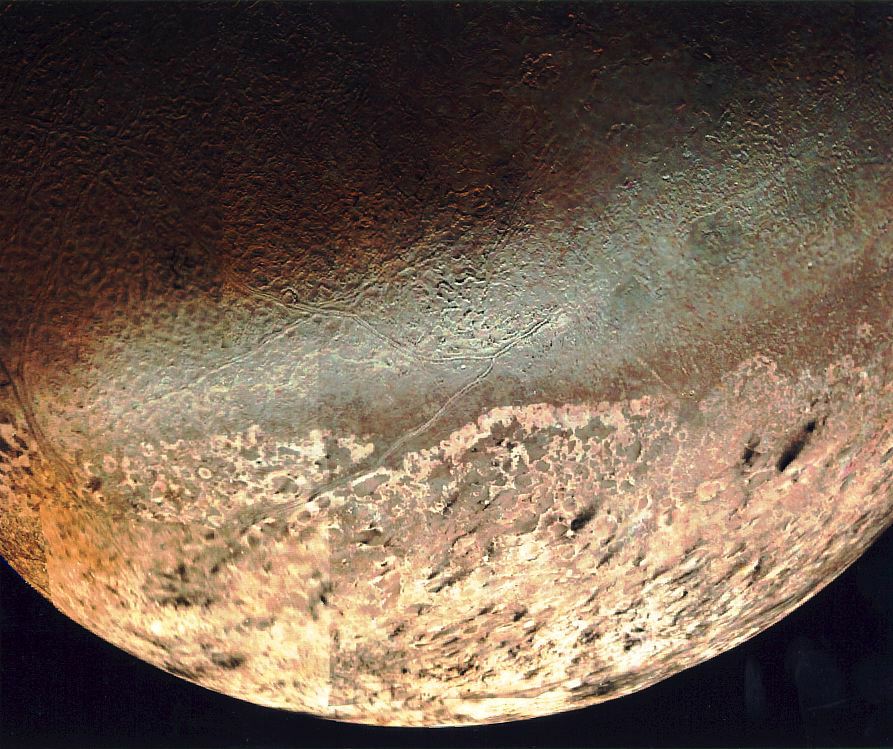Leaving aside the complications of space treaties, a new video lays out another case for why you wouldn’t want to purchase property on Triton — at least, if you were buying for the ultra-long term, over millions of years. The moon is being slowed down by Neptune and will eventually crash or break up into a ring system.
All joking aside, the video also puts forward an interesting hypothesis: that Triton was once a dwarf planet, with a companion, and that Neptune captured Triton and flung the companion away when the giant gas planet moved further out into the solar system, billions of years ago.
Checking into the theory’s credentials, it’s worth noting that the author — Kurzgesagt — represents a startup company that has posted other videos about the solar system. They’re cutely done, although the company’s website does not appear to list any names, at least yet; they describe themselves as a “team of designers, journalists and musicians.” (That might be because they’re operating in “stealth mode”, a term describing startups that aren’t quite ready to make their idea or founders public yet.)
The theory Kurzgesagt cites is peer-reviewed, however. A 2006 Nature paper called “Neptune’s capture of its moon Triton in a binary–planet gravitational encounter” describes Triton as being part of a binary system in the past, somewhat similar to Pluto and Charon.
NASA’s web page about Triton doesn’t mention the binary system or dwarf planet hypothesis, but says “scientists think Triton is a Kuiper Belt Object captured by Neptune’s gravity millions of years ago.” (The Kuiper Belt is a collection of objects near Neptune’s orbit.)
Some of the reasons include its strange orbital motion that is opposite to Neptune’ s rotation, and the fact that Triton is overwhelmingly the largest moon in the system — suggesting it ejected other ones when it was captured.
Makes you want to send another spacecraft to Neptune, doesn’t it? The first and only visitor there, Voyager 2, flew past there in 1989.

